- the article shows an overview of deferred shading techniques
- alternative structures and methods for optimizations are presented
- using compute shader for conservative rasterization for spot and sphere lights

- new release of AMD profiler that introduces a new pipeline overview view and adds new overlays for the wave occupancy view
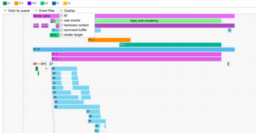
- the article shows how to use RenderDoc to identify issues and how to alleviate them
- most advice is not Occulus specific and talks about shader complexity, LOD, culling, and empty draws
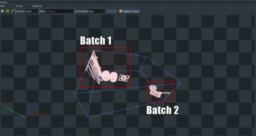
- a short Unity tutorial that explains inverse lerp function
- a function that given value in an input range returns a normalized 0-1 value
- additionally shows how to combine lerp and inverse lerp to allow range remapping

- the latest Nvidia driver update introduce Variable Rate Supersampling for D3D11 + MSAA applications
- driver side implementation that allows games to render with higher quality in the center of the screen
- the article presents and compares MSAA and SSAA
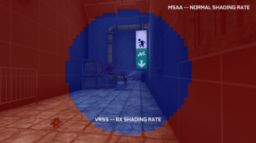
- the second part of a shadertoy video tutorial
- the tutorial extends the scene to render multiple parallax layers of mountain ranges
- how to draw a moon
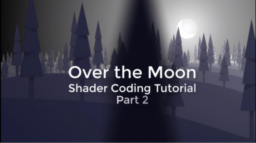
- this video tutorial shows how to derive the signed distance field for a line segment
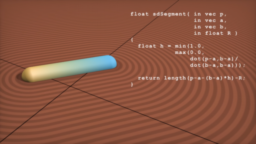
- next part in Unity tutorial series about the rendering of sand
- adds support for sparkling based on microfacets based on a texture with precomputed random values
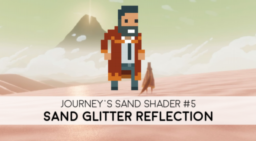
- a brief summary of mipmapping
- shows how mipmapping causes details in glitter effect of sand to be lost in the distance
- proposes a manual mipmapping strategy where the texture coordinates are adjusted to keep a constant texel density

- the article presents how to write an outline shader for Unity
- uses color, normal and depth information
- implemented as a post-processing effect

- the Unity tutorial shows how alpha to coverage allows improved edges on vegetation
- how to implement alpha to coverage into a shader
- shows how to adjust mipmap calculation to preserve small details with this method
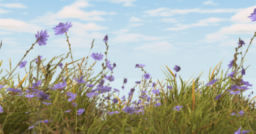
- update to Vulkan database shows the first driver version an extension/feature has been introduced
- a more natural way to compare extension support across different platforms

- the article shows how to use the WebGPU API to implement everything required to render a colored triangle
- this includes shader loading, mesh creation and command generation
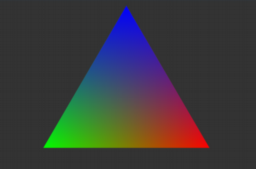
- Twitter thread about the authors’ recommendations about learning graphics programming

Thanks to Stephen Hill for support of this series.
Would you like to see your name here too? Become a Patreon of this series.